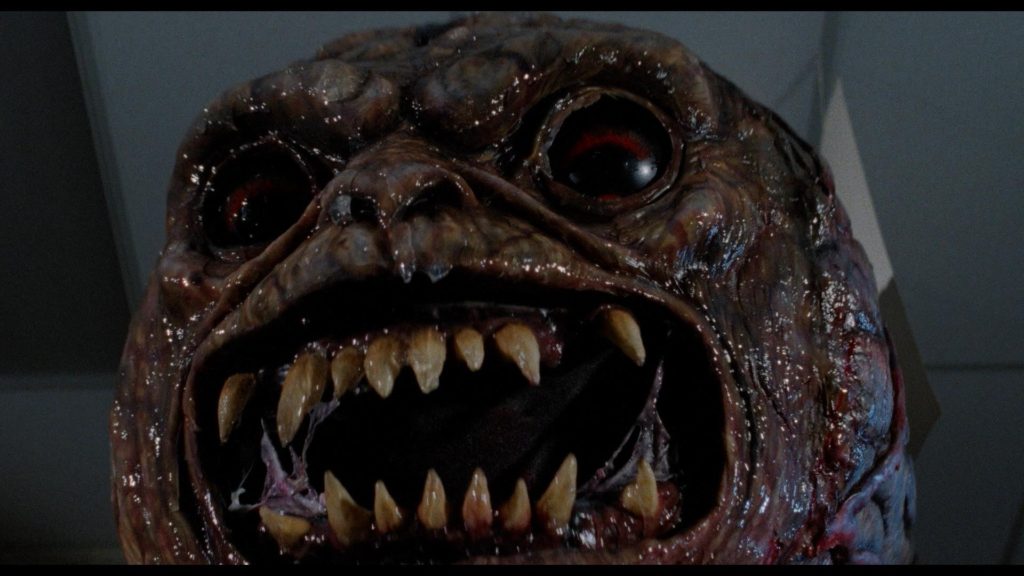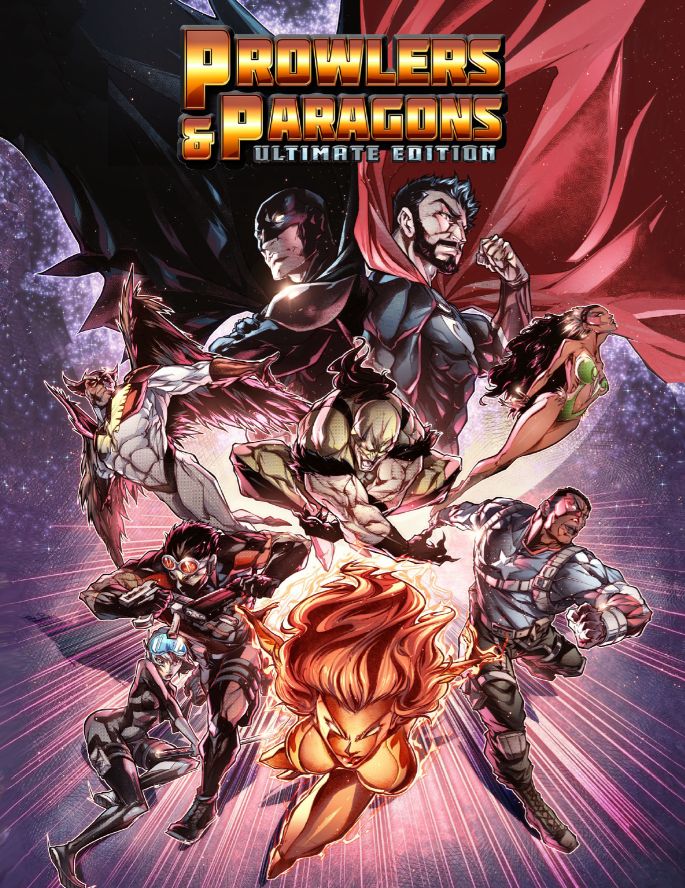Day 2 – The Abominable Snow Monster
Merry Second Day of Christmas!
Most important of all, he taught his son to beware of…[t]he Abominable Snow Monster of the North: he’s mean, he’s nasty, and he hates everything to do with Christmas. (Sam the Snowman, describing the Abominable Snow Monster)
The Abominable Snow Monster of the North
Large giant, chaotic evil
Armor Class 15 (natural armor)
Hit Points 114 (12d10+48)
Speed 40 ft., climb 40 ft.
STR 20 (+5), DEX 12 (+1), CON 18 (+4), INT 7 (-2), WIS 11 (+0), CHA 7 (-2)
Skills Perception +3, Stealth +4
Damage Resistances bludgeoning from nonmagical attacks
Damage Immunities cold
Senses darkvision 60 ft., passive Perception 13
Languages Giant
Challenge 5 (1,800)
Bounces. The abominable snow monster has an elastic body. It takes half damage from falls.
Enraged by Red. The abominable snow monster hates the color red, which it can see even with its darkvision. When attacking a target bearing the color red, the abominable snow monster has advantage on its attacks.
Keen Smell. The abominable snow monster has advantage on Wisdom (Perception) checks that rely on smell.
Non-Swimmer. The abominable snow monster cannot swim. Its swim speed is 0 feet, and it always fails Strength (Athletics) checks made to swim.
Snow Camouflage. The abominable snow monster has advantage on Dexterity (Stealth) checks made to hide in snowy terrain.
Actions
Multiattack. The abominable snow monster makes two attacks: one with its fangs and one with either its greatclub or its talons.
Bite. Melee Weapon Attack: +8 to hit, reach 5 ft., one target. Hit: 10 (1d10+5) piercing damage.
Greatclub. Melee Weapon Attack: +8 to hit, reach 10 ft., one target. Hit: 18 (3d8+5) bludgeoning damage.
Talons. Melee Weapon Attack: +8 to hit, reach 10 ft., one target. Hit: 12 (2d6+5) slashing damage.
Rock. Ranged Weapon Attack: +8 to hit, range 50/200 ft., one target. Hit: 16 (2d10+5) bludgeoning damage.
Reactions
Bounce Back. The abominable snow monster can use its reaction to immediately stand up when knocked prone.





